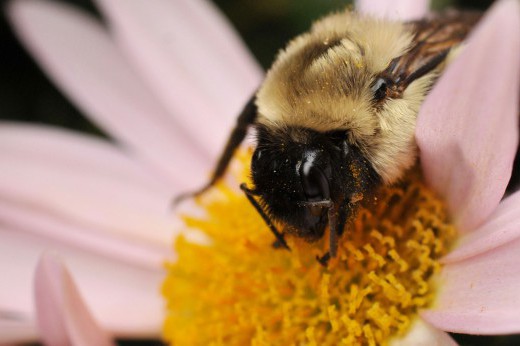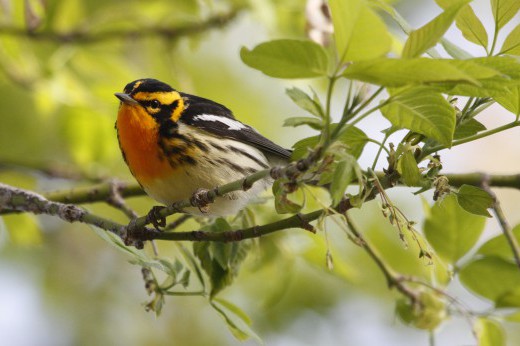Bird-watchers are always looking for the rare bird, and before 1950 the tufted titmouse was rare indeed, at least around Brooklyn or anywhere in the NYC area. Things are different now. Two factors—climate change and an increase in home feeding stations—have allowed the tufted titmouse to expand its range, and now they are very common in our area. The tufted titmouse now breeds in Prospect Park, and it is a year-round resident in all five boroughs, as well as the entire metropolitan area. A bird once hardly ever seen on Long Island is now all over the place.
The tufted titmouse is a delightful bird. It has a nice late-winter song (peter-peter-peter), and it’s fun to observe. It’s a secondary cavity nesting bird—that is, it uses old woodpecker holes or natural cavities to build its nest rather than make the hole itself. After finding a suitable cavity, a nesting pair will add bark strips and dry deciduous leaves and then line the nest with fur collected from live animals, like squirrels and rabbits. I once saw a tufted titmouse take hairs from a sleeping raccoon, and the raccoon did not budge! Without putting any other animals out, the titmouse creates a nice cozy place to raise its family.
Watch for birds at the Garden Sunday during BBG's Autumn Birding Walk!
Observations indicate that the pair bonding between male and female is permanent, and the male feeds the female by calling her out of the cavity while she is incubating the eggs. Tufted titmice have large families, averaging six eggs per brood. Sunflower seeds and crushed peanuts will attract titmice to your bird feeder. (They aren’t shy and can almost be trained to take food right from your hand.) They make cheerful visitors year-round, but they're especially welcome during the cold dark days of winter.
The Birds of Brooklyn series looks at some of the most familiar and fascinating birds that call Kings County their habitat.



